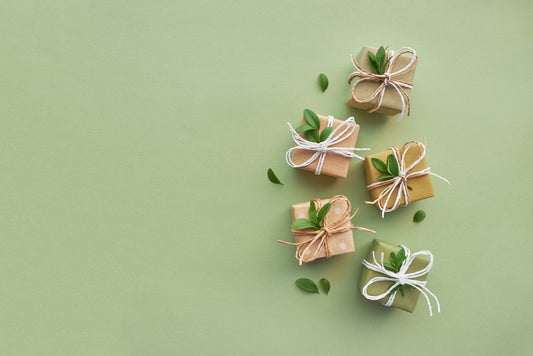Crafting Green Spaces: Step-by-Step Instructions for DIY Wooden Planter Boxes
Planter boxes can add a dash of nature to your space, transforming any environment into a verdant paradise. Today, we're delving into the process of crafting your own wooden planter box. Let's begin by understanding the materials we need.
Gathering Your Materials
To start your DIY project, you'll need the following:
- One 8-foot 1x4 lumber
- One 8-foot 1x2 lumber
- A saw (preferably a miter saw for precision)
- Wood screws
- A drill
- Sandpaper (100 and 220 grit)
- Wood sealant
- Potting soil
- Plants
Crafting Your Wooden Planter Box
Step 1: Cutting Your Wood
First, we'll be cutting our 1x4 lumber into four pieces: two at 20 inches, and two at 18 inches. These will form the sides of our planter box. With the 1x2 lumber, cut two pieces at 22 inches and two at 20 inches. These will serve as the lip of our planter box.
Step 2: Assembling the Box
Now that we have our wood cut to size, it's time to assemble the box. Using your drill and wood screws, attach the 20-inch 1x4 pieces to the 18-inch 1x4 pieces, forming a rectangular box. Ensure that the two longer pieces are on the outside to maintain the 20-inch length of the box.
Step 3: Adding the Lip
The lip will give our planter box a finished look. Attach the 22-inch 1x2 pieces to the longer sides of your box using your drill and screws. Then attach the 20-inch pieces to the shorter sides. Make sure the lip hangs evenly over the box edge.
Step 4: Sanding and Sealing
Once you have your box assembled, you'll want to smooth any rough edges. Use the 100-grit sandpaper to rough sand, then follow up with the 220-grit sandpaper to smooth. After sanding, apply the wood sealant following the manufacturer's instructions. This step will protect your planter box from the elements and ensure it lasts.
Filling Your Planter Box
With your wooden planter box crafted, it's time to fill it with life. Begin by layering your potting soil within the box, leaving enough room for your plants. Plant your chosen greenery, ensuring they're secure, then top off with additional soil as needed.
Caring for Your Planter Box
A wooden planter box is more than just a housing for your plants. It's a living piece of art that requires care. Regularly water your plants according to their specific needs. Consider moving the box to optimize sunlight exposure, depending on your chosen plants.
Crafting your own wooden planter box can be a rewarding experience.
Maintaining Your Wooden Planter Box
A wooden planter box can withstand the elements for years with proper care. It’s essential to check the box for any signs of rot or wear occasionally. If any parts seem soft or are discolored, consider replacing those sections to maintain the box's overall integrity.
A well-crafted planter box can endure many years, providing a haven for various plants to thrive. The key to longevity lies in treating the box with a wood preservative annually. This not only helps in maintaining the wood’s color but also acts as a barrier against moisture, preventing the growth of mold or mildew.
Creative Touches to Your Planter Box
Once you're comfortable with the basics of crafting a wooden planter box, it's time to let your creativity shine.
Paint and Finishes
Painting your wooden planter box can lend a touch of personalization. You can choose to keep it simple with a single color or create intricate designs to match your aesthetic. Just remember to use paint and finishes that are safe for plants.
Embellishments
Another way to personalize your planter box is by adding embellishments. You can affix wooden letters or shapes, decorative tiles, or even stencil designs onto the sides. These little details can make your planter box stand out and add character to your space.
Varied Sizes
You can experiment with different sizes for your planter boxes. Smaller boxes are ideal for herbs and succulents, while larger ones can accommodate bigger plants or even small trees. You can also consider making a tiered planter box, perfect for organizing different plant types.
Conclusion
Building your own wooden planter box is not only a cost-effective solution to enhance your green space, but it's also an opportunity to put your personal stamp on your surroundings. This DIY project does not require a high level of carpentry skills but can significantly enhance your living space.
You can create your personalized planter box by following the step-by-step guide we've outlined. As you become more comfortable with the process, we encourage you to explore different styles, finishes, and embellishments to create unique pieces that reflect your style and love for nature.
So why wait? Get started today, and immerse yourself in the world of DIY wooden planter boxes. Turn your green dreams into a reality, and let the joy of crafting with your hands bring a new sense of purpose and tranquility to your space.




